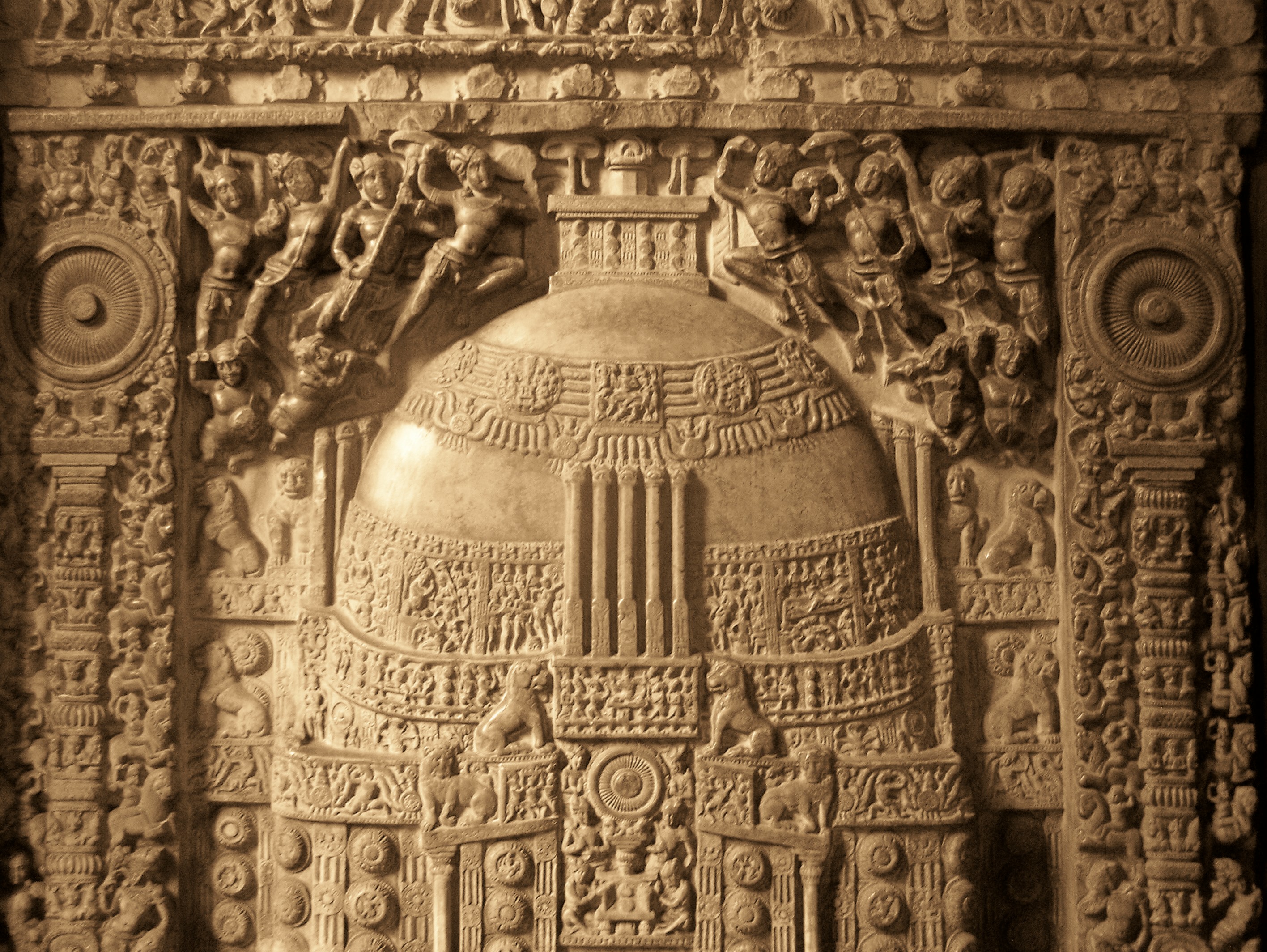
Courtesy: DC Debate
Hyderabad:
Boundaries can’t be rigid, constant, kolluru suryanarayana, Prof emeritus, Andhra University
Boundaries are subject to frequent change due to various forces. Therefore, it is very difficult to determine the boundaries of the “Telugu country” across the ages. The course of centuries witnessed various vicissitudes that altered its boundaries. Occasionally natural, economic, administrative and religious sentiments shape the boundaries, but they are not rigid and constant. In the changing scenario of politico-administrative systems, changes will inevitably take place in the fixation of boundaries. Thus geographically, any boundary is subject to change in the course of events, and the province of the Telugu-speaking people is not an exception.
Satavahanas, the curtain raisers of the history of the Telugu country, started their political career in Telangana and extended their authority to coastal Andhra and Rayalaseema, besides the rest of South India. Beginning with the Salihundam in Srikakulam district, a majority of the monuments belongs to their period. Their coins were found throughout Andhra.
Their succeeding dynasties, like Ikshvakus and Vishnukundins, held their sway both in Telangana and Andhra. Later, Badami Chalukyas and their offshoot family, Vengi Chalukyas, occupied Andhra and their political enemies, the Rashtrakutas, held their authority in Telangana through their subordinates like the Chalukyas of Vemulavada.
 |
| Srikrishna devaraya |
The Gudur inscription of Viriyala Malla of Telangana and the records of Gunaga Vijayaditya and Chalukya Bheema of Coastal Andhra attest to that fact. Thus the Telugu language binds the people as well as their provinces together.
Matrimonial alliances were also negotiated between the ruling families of Telangana and Andhra to bring integrity. Ganapati Deva married the princess of Krishna district and Rudramadevi was given in marriage to the Prince of Nidadavolu in the West Godavari district.
Under the Qutb-Shahi rule of Golconda, both Coastal Andhra and Rayalaseema flourished. Almost all the zamindaris of Coastal Andhra, like the Kakarla-pudis, the Pusapatis and many others, were established under the Qutb-Shahis. All such families assisted the Golconda power both administratively and financially.
The entry of Europeans changed the system. In the establishment of trading companies at different centres, the mutual rivalries of the French and the English form the history of the successive periods. They acquired Northern Circars in the second half of the 18th Century and ceded districts in the beginning of the19th century from Nizam.
We want to learn our own history, Nageshwar Rao, Independent MLC
I did my schooling in Mandamarry town, Adilabad district. Two historical places are near my place. Kotilingala was the abode of the Satavahana dynasty. Historians even claim that it was the capital of this great empire even before Amaravati. The other important place is Jode Ghat, the tribal village that saw the historic tribal uprising led by the legendary Komaram Bheem.
Surprisingly, I have never read about these two places in any textbook during my entire school education. But, I read in my textbooks about Draksharamam and Amaravati. My history textbooks taught me about Veera Pandya Katta Brahmana and Kanneganti Hanumanthu. This is not to infer that I should not read them. But, the question that lingers in my mind is why I was denied the right to be taught about the history intimate to me. The peasant uprising of Telangana was completely absent, as it was spearheaded by the Communists. The unparallel sacrifices of Chakali Ailamma or Doddi Komaraiah were deliberately ignored in the textbooks, as they would reveal the heroic struggles of the Communists.
Whatever may be the reasons, the history and culture of Telangana was under-represented in the popular culture of united Telugu state. On the other hand, Telangana was a separate state as part of the composite Hyderabad state five years before Andhra state was formed. This consciousness coupled with marginalisation of native history and culture fuelled the movement for a separate state.
Not just the textbooks, even the other expressions of popular culture, like films, almost always excluded the places, culture and history of Telangana. Never really was a film hero portrayed as studying in the Osmania University. The most popular festivals, like Bathukamma, hardly found place in Telugu films. All this is despite Telugu films having good market in the Nizam area.
Against this backdrop, the Telangana government’s decision to rewrite the textbooks should be assessed. People get inspired by their surroundings. Local streams of history should get an adequate representation in the textbooks. State governments decide the textbook policy. The Tamil history and culture obviously did not figure so prominently in the textbooks after the first Telugu state was formed in 1953. But, often mawkish and jingoistic voices, expressed in the name of Telangana pride, even by those in the government, are the basis for suspicion.
The history and culture of Telangana people cannot be separated from the rich historical and cultural legacy of Telugu people. For that matter children in Telangana need to be taught various facets of Indian history and culture. The legitimate regional aspirations should be welcomed while the parochial manifestations need to be discouraged. Any attempt to deride the culture and tradition of Seemandhra in the textbooks of Telangana should be opposed.
I am a proud son of Telangana. I am equally proud of my composite Telugu culture and language. I am a patriotic Indian. I am an Asian. And finally I am part of this human civilisation. All these identities are not mutually exclusive, leave alone mutually contradictory.



0 comments:
Post a Comment